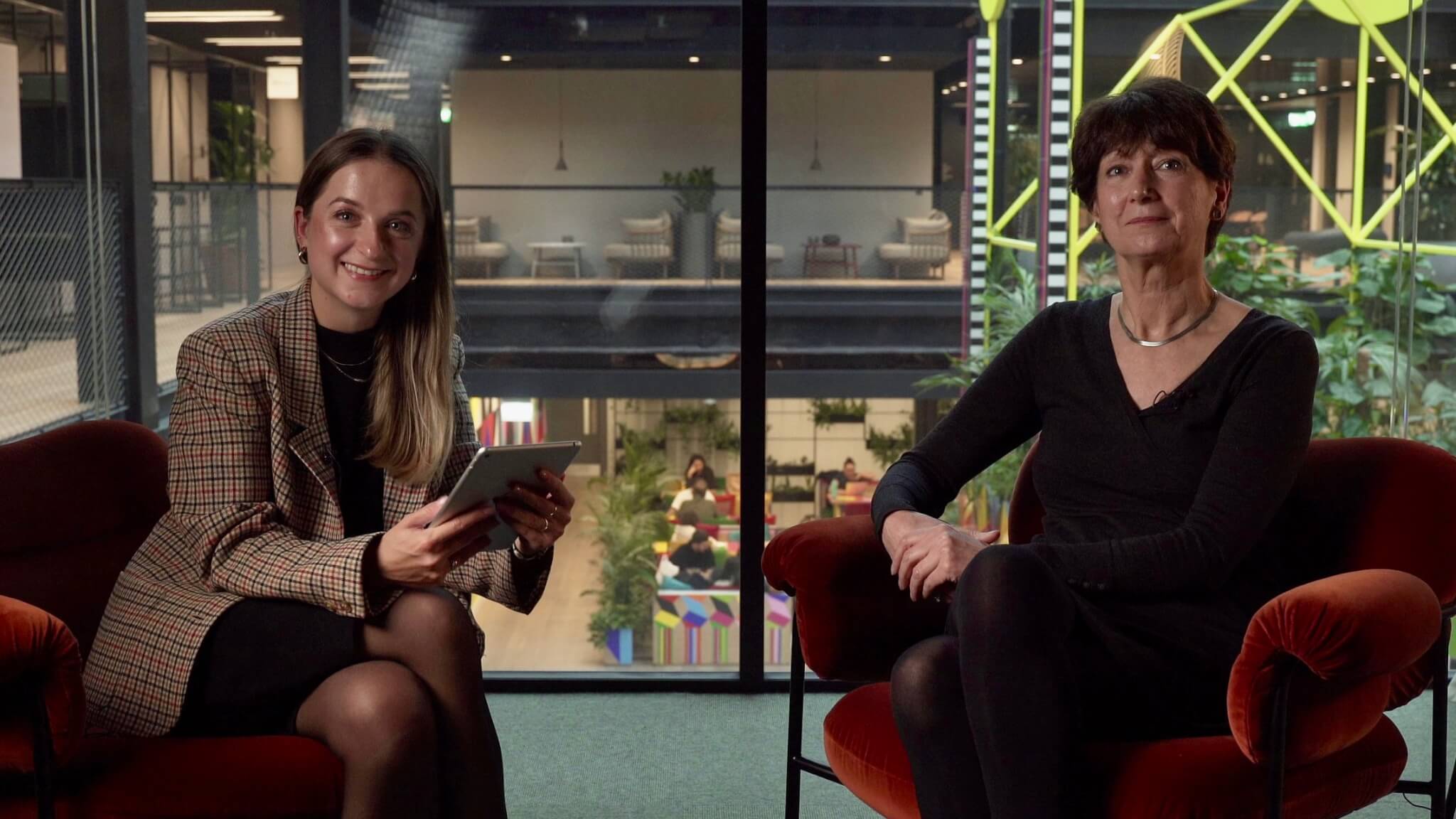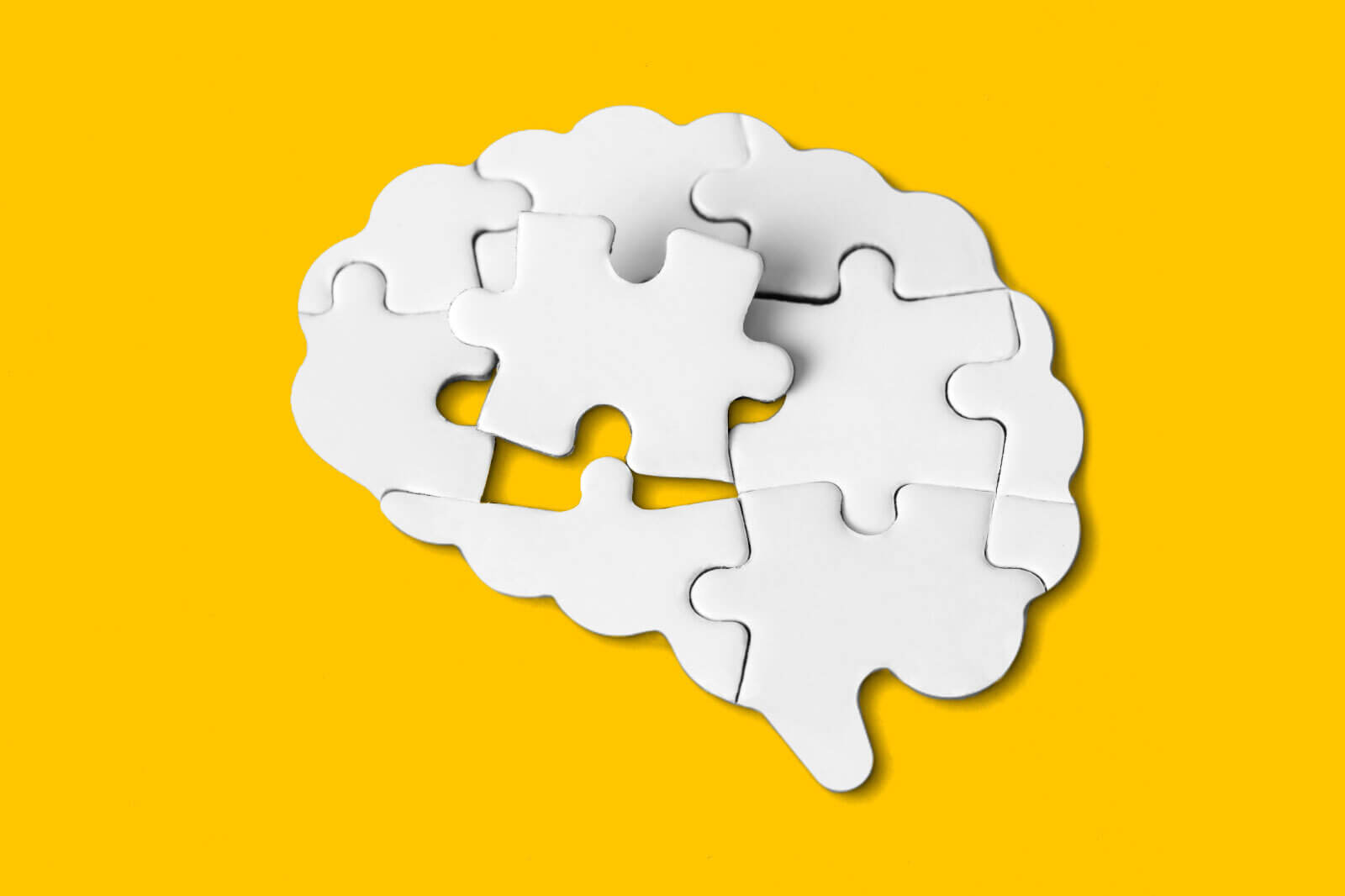At work, we’re surrounded by change every day. Some of us thrive under it while others struggle. Why is that?
We unlocked some answers for you at Slido Elevate: The Science Behind Leading Through Change, the first in a series of hybrid events exploring emerging trends in meeting design and culture.
Slido’s Nadia Vratna caught up with one of our key speakers, consultant and author on change management and neuroscience, Hilary Scarlett.
She spoke to us about how leaders can harness the powers of neuroscience within our fast-paced society, and in turn increase employee engagement, team trust and productivity using the art of change management.
Check out our Q&A with Hilary where we delve into why the human brain dislikes change – and why it’s essential knowledge for leaders who need to manage during uncertain times.
Nadia: In your book, you mention that the human brain isn’t made for the 21st century workplace. What do you mean by that?
Hilary: ‘Work has changed hugely in the past few centuries and especially the last few years, and the truth is that our brains haven’t really caught up. Our brains really haven’t changed since our ancestors were living in the savannah.’
What is it about the change that our brains struggle with?
‘In a way our brains are better adapted to being out in the wild, which means that the brain’s answer to stressful situations, such as organizational change, often comes as a ‘threat response’ – and that’s why change is so unnerving and hard for us humans to process.’

Can you tell us more about what this threat response is, when it comes to change?
‘Our brain is our key driver to survive, and it just wants you to make it through the day. It wants you to be safe. To achieve that, it wants to do two things: minimize threats and seek out rewards.
‘But our brains are more interested in threats – such as change – as they still see these as risking our lives. In the workplace, lots of things are represented as threats to our brains, such as a slightly critical comment from a co-worker, or organizational change itself.’
How does being in ‘threat state’ interfere with the modern working day?
‘All sorts of things can put our brains into these threat states – and this affects our ability to perform at work. And our body’s responses, like having a raised blood pressure, or the body sending more energy to our limbs in preparation to fight, or run, are really not as useful in a work environment.
‘This means that workers will be left feeling very anxious about changes at work, as our body still responds the same way as it would when running away from a lion. And frequently getting stressed out isn’t good for us physically or mentally.’
For some workers, change is a motivator, and for others, it’s paralyzing. Why is that?
‘This is all down to circumstance and to personality. One of the areas that has a big impact is our past experience of change.
‘For example, if I’ve been through a big period of change before, either in my current organization or another place I’ve worked, and in the past I’d found this difficult and painful and I didn’t enjoy it, then if organizational change is announced again the voice in my head will be saying, “Watch out, here comes change and I don’t like it.”‘

What about those employees who see change as a good thing?
‘If I’ve been through change at another workplace and actually I quite enjoyed it, it gave me good chances for opportunity, and I learned a lot, the voice in my head is more likely to say, “This could be interesting, this could provide good opportunities.”
‘This is why leaders need to stay humble, and realize that every brain processes changes differently.’
What can leaders and managers do to empower their teams through the huge changes we have going on right now?
‘One thing I think is spending a lot more time with employees to give them a chance to understand why changes are happening.
‘One of my key observations is that leaders can spend weeks and months planning the changes they want to make, and then they emerge with a plan for the changes, detailing why it’s good for staff, customers and stakeholders, and say, “Now please get on with it”. Then they wonder why a lot of employees dig their heels in and don’t want to do it.’
Why is it so important for employees to have change explained and communicated very clearly?
‘Neuroscientific studies have shown that giving people the chance to say, “I get it, I understand why we’re doing plan A instead of plan B or C”, makes a huge difference to our brains.’
You mention that communicating change well to employees is key. How can audience engagement tools like Slido help people to navigate change?
‘Tools like Slido are important, because they help people to not feel like a victim in change – like they have a voice. Slido helps workers to ask questions that they might feel embarrassed to ask in front of a group of people or even one-on-one.
‘Being able to express a view or an opinion is really important for employees. Getting questions out there is key, so that leaders can know what’s on peoples’ minds. It’s all much better out in the open.’
Check out our Slido community post on the event here.




